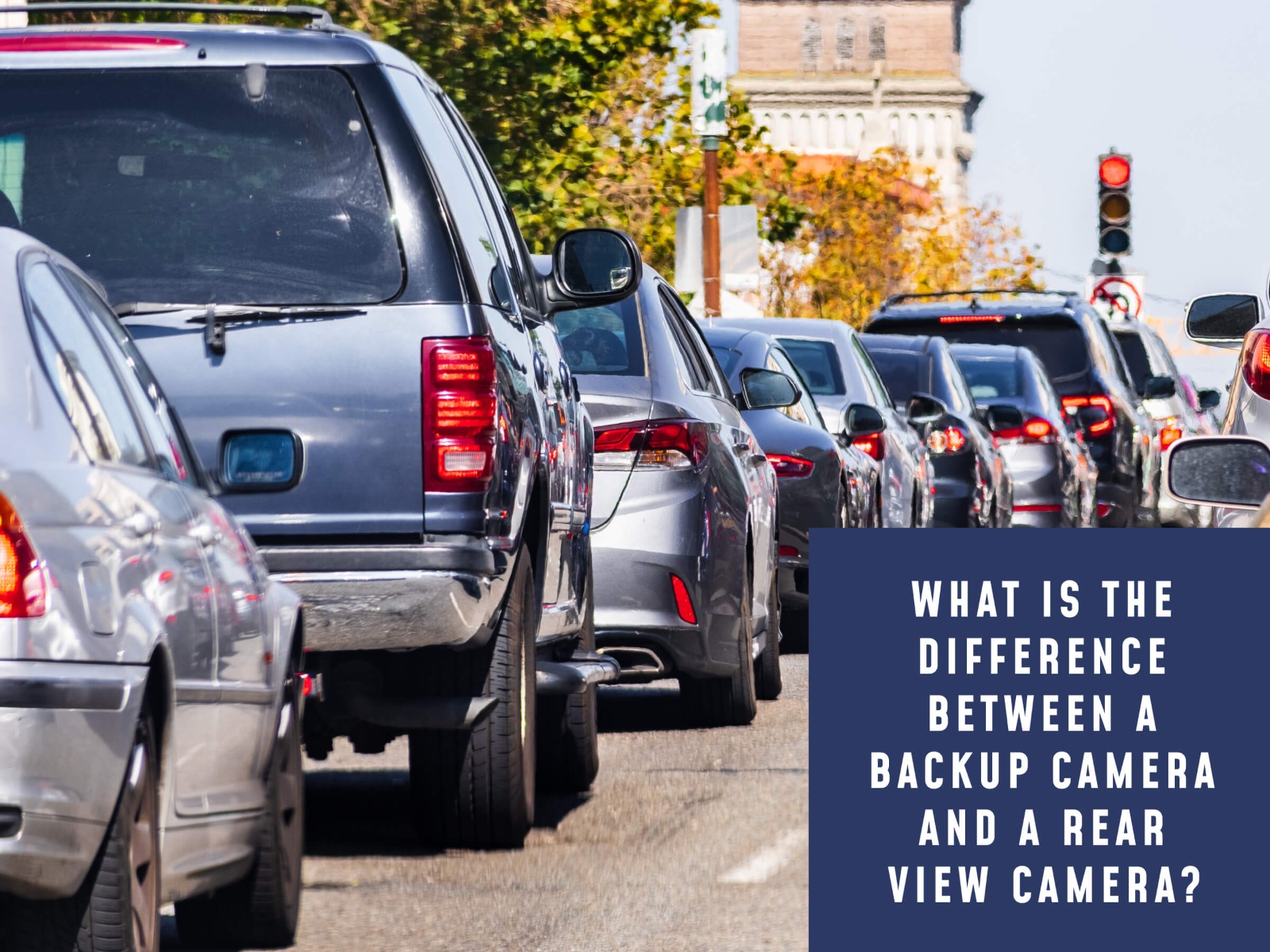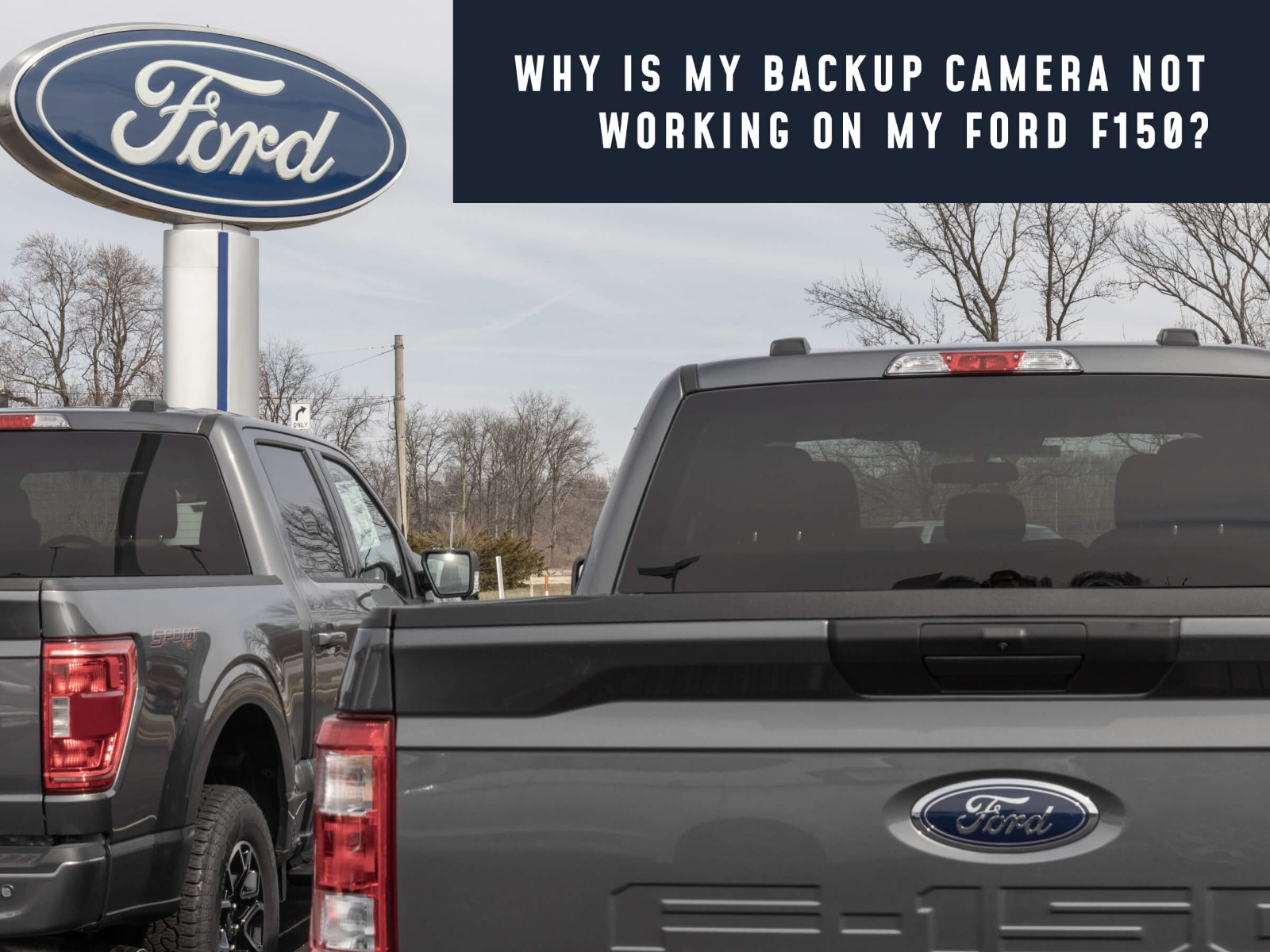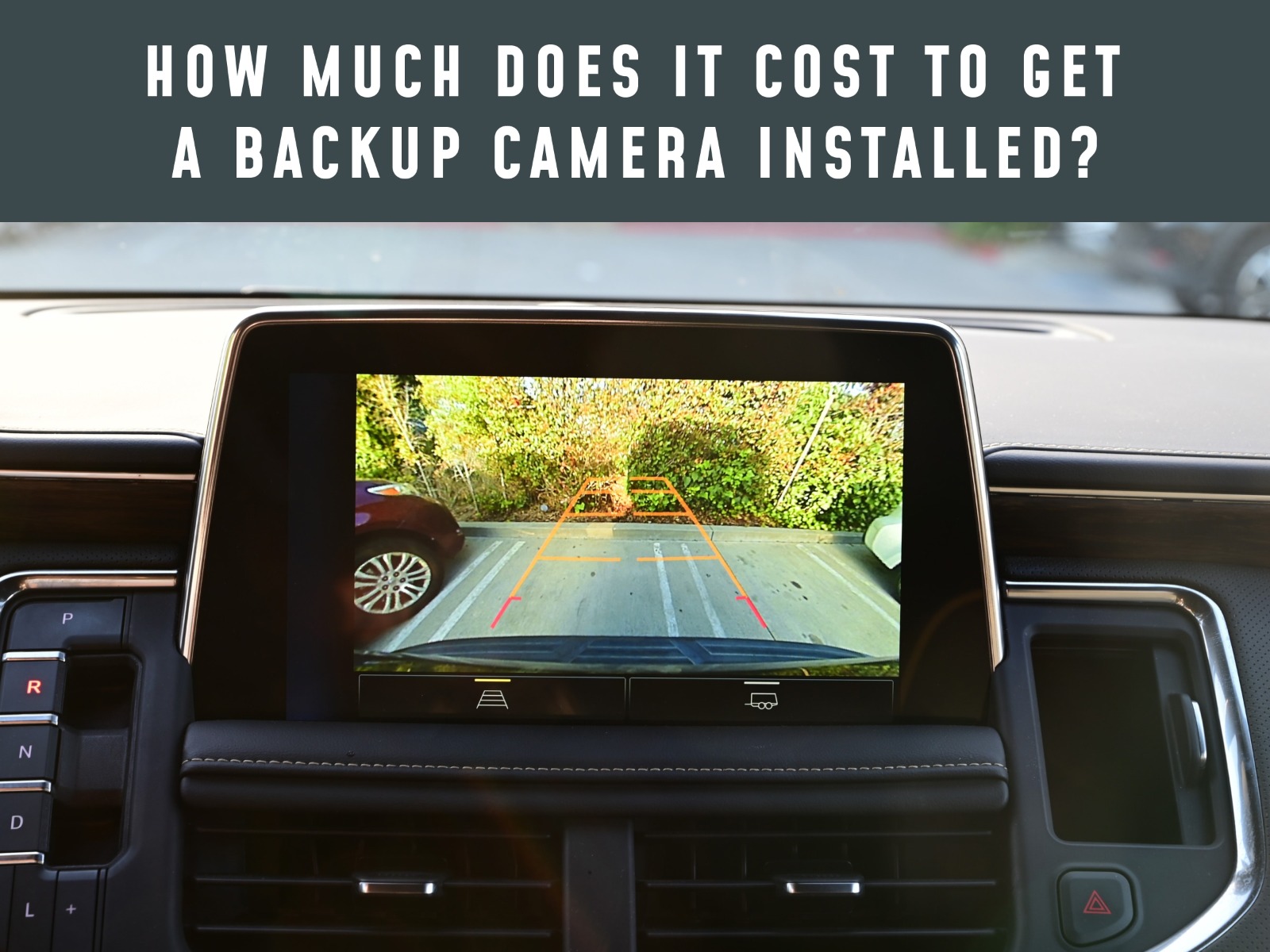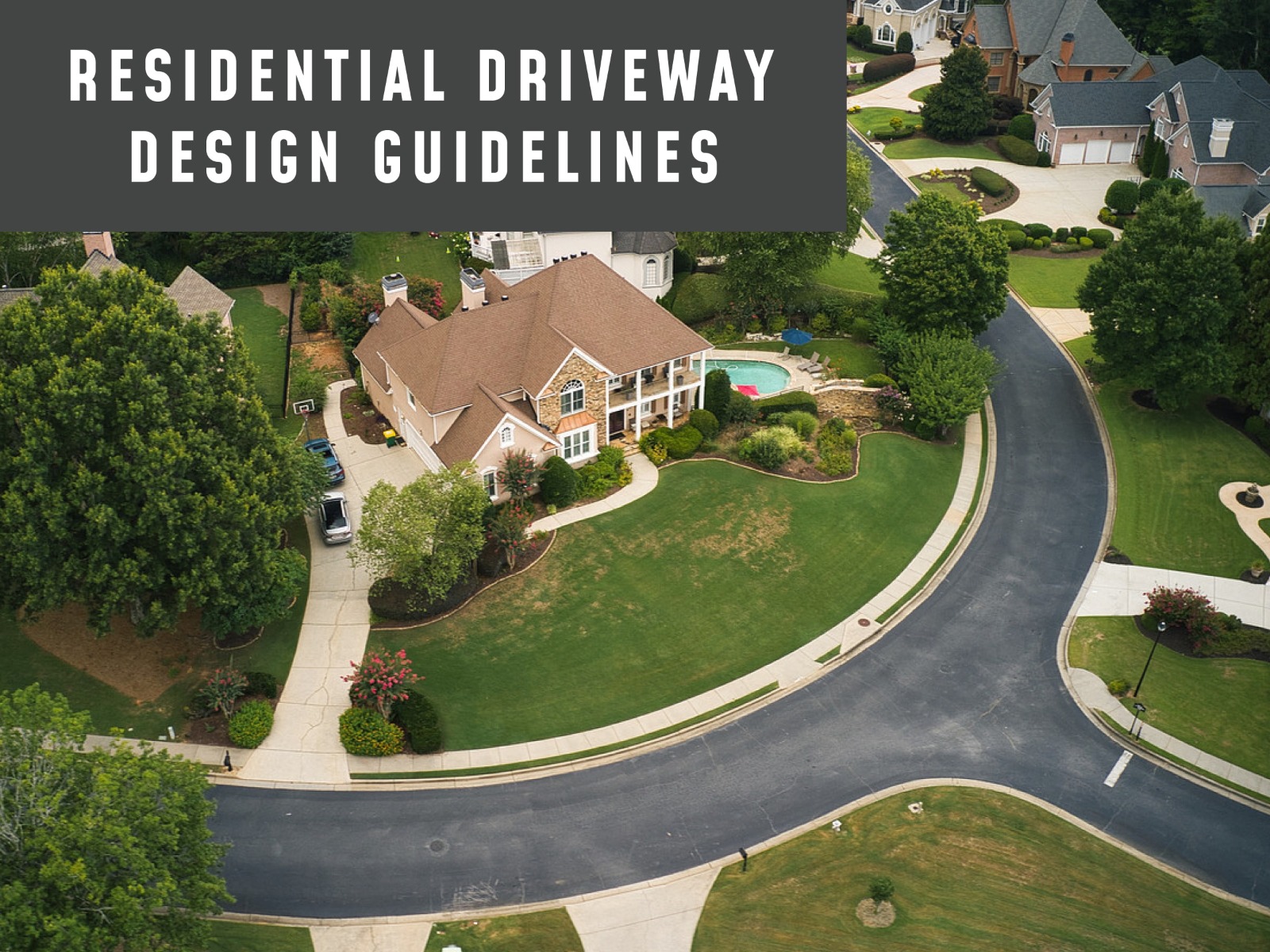Every year, countless accidents occur because drivers can’t see what’s behind them. Backup and rear view cameras have revolutionized vehicle safety, providing visibility where traditional mirrors fall short. While the terms are often confused, these systems serve distinct purposes, and understanding what is the difference between a backup camera and a rear view camera is key to maximizing safety and confidence on the road.
A backup camera (or reversing camera) assists drivers when moving in reverse, offering a detailed view of the area directly behind the vehicle. These cameras activate automatically when the car is in reverse, often featuring distance markers or dynamic guidelines to aid in parking and avoiding obstacles.
In contrast, a rear view camera provides continuous driving visibility, eliminating blind spots and offering a broader perspective for overall situational awareness. Unlike backup cameras, they remain operational at all times, sometimes replacing traditional mirrors entirely. For highway driving, merging, or navigating crowded areas, rear view cameras are invaluable.
Key Takeaways
-
Backup cameras focus on reversing and parking safety.
-
Rearview cameras provide ongoing visibility for situational awareness.
-
Your choice depends on your vehicle type and driving habits.
The Growing Role of Camera Systems in Vehicles
Camera systems have transformed driving, offering safer and more intuitive experiences. Over the past decade, these technologies have become essential for routine and high-stakes driving scenarios.
Backup cameras have become standard in new vehicles thanks to regulations like the NHTSA’s rear visibility rule. They significantly reduce the risk of backover accidents by providing clear views of areas traditional mirrors miss.
For vehicles like SUVs or trucks, which often face greater visibility challenges, rear view cameras ensure drivers can monitor their surroundings at all times, helping to avoid lane-change accidents or sideswipes.
The Evolution of Camera Technology
The rapid evolution of camera systems has introduced features like:
-
360-degree views: Combine feeds from multiple cameras to offer a comprehensive view of the vehicle’s surroundings.
-
Night vision: Infrared technology ensures clear visuals in low-light conditions, improving nighttime safety.
-
Collision alerts: Advanced systems detect hazards and issue warnings, giving drivers crucial reaction time.
-
Automated parking: Cameras and sensors work together to guide vehicles into spaces with minimal input from the driver.
These features go beyond basic safety, making driving less stressful and more intuitive. High-resolution displays and improved lens technology ensure clear visuals, even in challenging weather conditions. Additionally, integration with sensors and AI-driven systems allows cameras to support advanced driver-assistance systems (ADAS), paving the way for autonomous driving.
Autonomous vehicles, for instance, rely heavily on camera technology to "see" their surroundings and make real-time decisions.
Understanding what is the difference between a backup camera and a rear view camera becomes even more important when examining their specific functionalities and how they cater to different driving needs. Let’s explore the key distinctions between these two camera systems.
Features and Advantages of Backup Cameras
Backup cameras have become a standard feature in modern vehicles, transforming how drivers approach reversing maneuvers. Here are the features and advantages of backup cameras, which make it easier to avoid obstacles and reduce the risk of accidents.
Purpose and Functionality
One of the advantages of backup cameras is that they provide a clear and unobstructed view of the area behind the vehicle. Backup cameras act as an essential tool for drivers when reversing. They display the area directly behind the vehicle on a screen, typically integrated into the dashboard or rearview mirror.
Key features often include:
-
Distance markers: Overlaid lines help drivers gauge proximity to obstacles.
-
Guidance lines: Dynamic lines adjust as the steering wheel turns, visually representing the vehicle’s trajectory.
-
Wide-angle lenses: They provide a broader field of view, capturing areas that might otherwise go unnoticed.
Advanced backup camera systems may include multiple viewing angles or integrate with other cameras to offer a 360-degree perspective. Some systems even incorporate obstacle detection to alert drivers of potential hazards.
Installation and Integration
Modern vehicles often come equipped with built-in backup cameras. For older models, aftermarket options are widely available. These systems can be wireless or wired, with each offering unique advantages. Wireless cameras are easier to install, while wired systems typically provide a more reliable connection.
The cameras are usually mounted near the license plate or rear bumper, strategically positioned to maximize visibility. Integration with the vehicle’s existing display system ensures a seamless user experience. Some aftermarket systems include dedicated monitors for cars without built-in displays, making these upgrades accessible for virtually all vehicle types.
Safety and Convenience Benefits
Backup cameras significantly reduce the risk of accidents during reversing by providing a clear view of what’s behind the vehicle. Parking in tight spaces becomes easier and less stressful, while features like cross-traffic alerts and obstacle detection add an extra layer of safety.
Understanding the features and advantages of backup cameras highlights their importance in enhancing safety and convenience, making them an essential tool for drivers seeking to minimize risks and improve their driving experience.
Features and Benefits of Rear View Cameras
Rear view cameras provide a continuous visual feed, making them invaluable for maintaining situational awareness and improving driving confidence. Now, let’s discuss the benefits of rear view cameras, which enhance overall driving safety and offer a broader perspective of your surroundings.
Purpose and Functionality
Rear view cameras offer a wide-angle view of the area behind the vehicle, displaying real-time footage on an interior screen. Unlike backup cameras, these systems are always active, providing constant visual feedback to the driver.
Key features include:
-
Dynamic guidelines: These lines adjust with the steering wheel to show the vehicle’s intended path, which is particularly useful during complex turns or reverse maneuvers.
-
Night vision: Infrared technology enhances visibility in low-light conditions, ensuring clear visuals at night or in dimly lit areas.
-
Multiple viewing angles: Some systems allow drivers to switch between views for a more comprehensive understanding of their surroundings, reducing the likelihood of collisions or accidents.
Rear view cameras are useful for eliminating blind spots, spotting approaching vehicles during lane changes, and monitoring surrounding traffic.
Installation and Integration
Like backup cameras, rear view cameras are standard equipment in newer vehicles that are seamlessly integrated into the vehicle’s design, with the camera typically mounted near the license plate or on the rear bumper.
For older vehicles, aftermarket options can be professionally installed or set up as DIY projects. Wireless models simplify installation, while wired options ensure stable, interference-free connections.
Modern rear view cameras frequently integrate with parking sensors and other driver-assistance systems, providing visual and auditory cues for improved safety. Some advanced models can detect moving objects and issue alerts to the driver.
Safety and Convenience Benefits of Rear View Cameras
Rear view cameras enhance safety by offering a clear, continuous view of the area behind the vehicle.
They also improve convenience by simplifying tasks like hooking up trailers, aligning with parking spaces, and reversing in tight areas. For larger vehicles, rear view cameras help overcome inherent visibility challenges, giving drivers greater confidence and control.
These are just a few of the key benefits of rear view cameras, which enhance overall situational awareness and help drivers make safer decisions on the road.
Comparative Analysis
Backup and rear view cameras serve distinct purposes, each offering unique advantages that cater to different driving needs.
Key Differences in Design and Purpose
Backup cameras are designed specifically for reversing maneuvers, providing a focused view of the area directly behind the vehicle. They activate automatically when the car is put in reverse, often including tools like distance markers and guidance lines for precise parking. The advantages of backup cameras are clear, making reversing safer and more accurate.
Rear view cameras, however, are designed to provide constant visibility, improving overall situational awareness. Unlike backup cameras, they always remain active, replacing or supplementing traditional rearview mirrors. These benefits of rearview cameras help drivers stay aware of their surroundings at all times, reducing blind spots and enhancing safety.
Impact on Driving Safety and Confidence
Both systems enhance safety but in different ways. Backup cameras prevent low-speed collisions during reversing, particularly in residential areas or crowded parking lots. Conversely, rear view cameras boost confidence during lane changes, merging, and highway driving by eliminating blind spots.
Studies have shown that backup cameras can reduce backover accidents by up to 78%. While rear view cameras are less studied, they are widely recognized for their role in improving reaction times and preventing sideswipe collisions.
Understanding the distinct advantages of backup cameras and the benefits of rearview cameras is essential to making an informed decision that best suits your driving needs.
Choosing the Right Car Camera System for Your Needs
The choice between backup and rear view cameras depends on your vehicle type and driving habits. For frequent urban drivers or those with large vehicles, a combination system that offers both reversing assistance and continuous rear visibility may be the most effective solution.
Drivers of SUVs, trucks, or vans can benefit from a system that ensures both rear visibility and assists in tight spaces, helping to prevent accidents when reversing or changing lanes.
For those who drive on highways or navigate busy streets regularly, a rear view camera can provide constant situational awareness, ensuring safer lane changes and reducing blind spots. On the other hand, if you mostly drive in residential areas or parking lots, a backup camera may be sufficient to aid in reversing and parking.
Ultimately, the best car camera system is one that aligns with your driving environment and offers enhanced safety, whether through the advantages of backup cameras for parking or the benefits of rearview cameras for broader situational awareness.
Why Camera Systems Are Essential
Modern camera systems are indispensable for reducing accidents and enhancing driver confidence. Backup cameras provide critical support during reversing, while rear view cameras offer continuous awareness for safer navigation.
When selecting a system, consider factors like resolution, display size, and integration with your vehicle. Advanced features, such as night vision and object detection, further enhance functionality.
These tools should complement—not replace—traditional driving skills like mirror checks and situational awareness. By understanding your needs and evaluating your options, you can choose a system that maximizes safety and convenience, ensuring a better driving experience.
Ensure a Safer, More Confident Drive with Camera Source
Looking to upgrade your vehicle's safety and convenience? Camera Source offers a wide range of backup and rear view camera systems tailored to meet your needs. From enhancing parking precision to eliminating blind spots, their high-quality products are designed to give you peace of mind on the road.
Discover the right system for your vehicle today at Camera Source.











